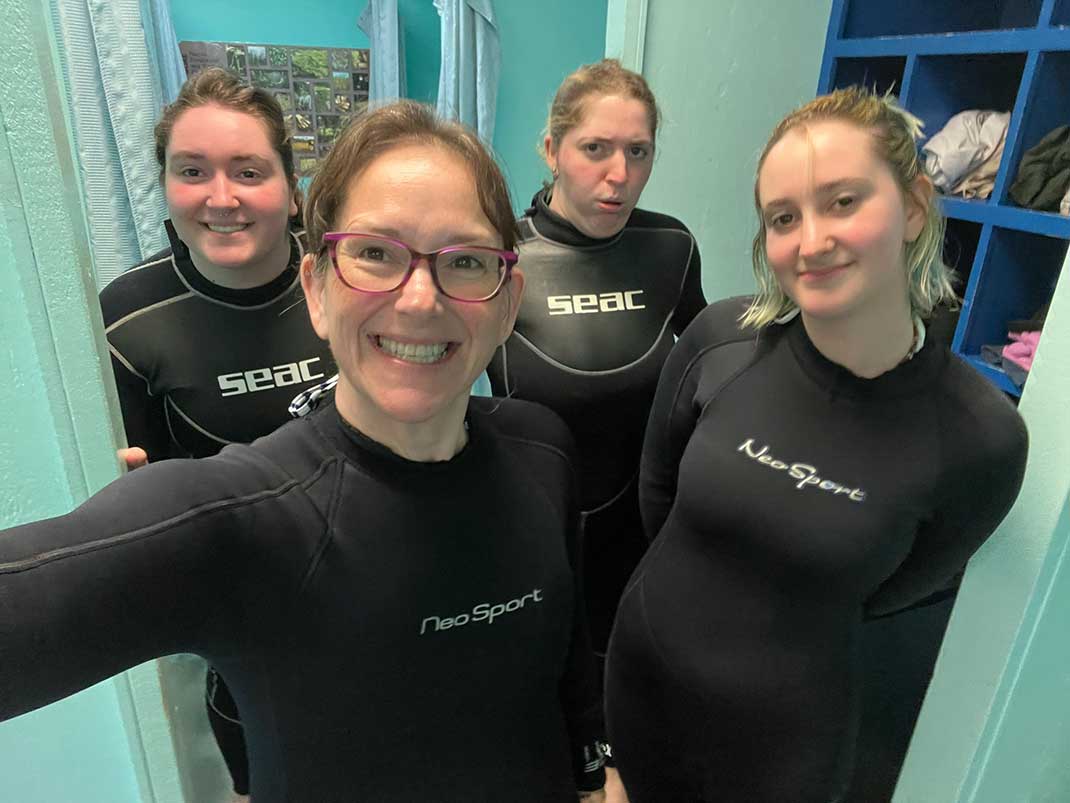-
- Find Care
-
- Visitor Information
- Find a Location
- Shuttles
- Visitor Policies
-
-
- Our Virtual Care Options
- Virtual Urgent Care
- Virtual Visits for Primary & Specialty Care
- Online Second Opinions
- Participate in Research
-
- Contact us
-
- For Innovators
- Commercialization Guide for Innovators
-
-
- Research News
- Alzheimer's Disease
- Artificial Intelligence
-
- Overview
-
- Overview
- Getting Started
- New to Mass General Brigham
- International Patient Services
- What Is Patient Gateway?
- Planning Your Visit
- Find a Doctor (opens link in new tab)
- Appointments
- Patient Resources
- Health & Wellness
- Flu, COVID-19, & RSV
- Billing & Insurance
- Financial Assistance
- Medicare and MassHealth ACOs
- Participate in Research
- Educational Resources
- Visitor Information
- Find a Location
- Shuttles
- Visitor Policies
- Find Care
-
- Overview
- Our Virtual Care Options
- Virtual Urgent Care
- Virtual Visits for Primary & Specialty Care
- Online Second Opinions
-
- Overview
- Participate in Research
-
- Overview
- About Innovation
- About
- Team
- News
- For Industry
- Venture Capital and Investments
- World Medical Innovation Forum (opens link in new tab)
- Featured Licensing Opportunities
- For Innovators
- Commercialization Guide for Innovators
- Contact us
-
- Overview
- Information for Researchers
- Compliance Office
- Research Cores
- Clinical Trials
- Advisory Services
- Featured Research
- Two Centuries of Breakthroughs
- Advances in Motion (opens link in new tab)
- Brigham on a Mission (opens link in new tab)
- Gene and Cell Therapy Institute
- Research News
- Alzheimer's Disease
- Artificial Intelligence
-
- Overview
-
- Overview
- Residency & fellowship programs
- Brigham and Women's Hospital
- Massachusetts General Hospital
- Mass Eye and Ear
- Newton-Wellesley Hospital
- Salem Hospital
- Integrated Mass General Brigham Programs
- Centers of Expertise
- Global & Community Health
- Health Policy & Management
- Healthcare Quality & Patient Safey
- Medical Education
- For trainees
- Prospective trainees
- Incoming trainees
- Current trainees
- Continuing Professional Development
Julie’s Story: Advances in Weight Loss Surgery
 Newton-Wellesley Hospital weight loss surgery patient Julie Bice, before and after surgery
Newton-Wellesley Hospital weight loss surgery patient Julie Bice, before and after surgery
Julie Bice was just 19 years old when she had her first bariatric weight loss surgery in 1995. The procedure, known as a vertical banded gastroplasty, involved a ring and staples that delayed the emptying of food from a reduced stomach pouch to provide a feeling of fullness. Though she did lose weight after the surgery, her success seemed to slowly fade and even reverse over the next few decades. This surgery is rarely performed anymore.
Over the years, Julie continued to struggle. A mother of three, she often felt guilty about not being able to maintain a healthy weight. But even during periods where she dedicated herself to rigid diets and exercise, it seemed she could never get her weight below a number that was still just too high. Eventually, she decided to seek out more help, coming to the Newton-Wellesley Center for Weight Loss Surgery in 2016.
At the center, Julie found Mass General Brigham general surgeon Sheila K. Partridge, MD. She was immediately inspired by the doctor’s knowledge, empathy, and overall attitude toward weight loss surgery.
“She was so compassionate and helpful,” Julie says. “She really made me stop beating up on myself and let me know that it wasn't my fault. And I just needed to hear that — I broke down in tears. It was a huge pressure taken off me. She understood what I had been through and where I wanted to go.”
Revisional surgery: Addressing previous restrictive bariatric procedures
Older bariatric surgeries were often only ‘restrictive’ procedures, meaning they worked solely by shrinking the area of the stomach that holds food. Newer surgeries include the additional effects of metabolic changes — the effects of altering or removing parts of the digestive system that produce hunger or satiety hormones.
Julie’s surgical needs were a little more complex than most. Throughout the course of her treatment, Dr. Partridge removed the ring that had been put in as part of her original surgery. She also repaired a hernia that likely had been caused by that previous procedure.
Sleeve gastrectomy and the path to advanced surgery
After addressing these legacy conditions, Dr. Partridge performed a modern sleeve gastrectomy. She removed about 85 percent of Julie’s stomach and created a much smaller, sleeve-shaped stomach, about the size of a banana. Following the procedure, Julie lost weight again. Her recovery was painless and smooth.
But when the COVID-19 pandemic hit in 2020, she recalls that her life became extra-stressful and that she returned to making “poor food choices.” When the scale hit 250 pounds again, she knew that she needed more help.
The duodenal switch: Advanced weight loss surgery
Dr. Partridge told Julie about another procedure called the duodenal switch. It’s a more complex bariatric surgery with more risk for complications — but also more potential for weight loss. Though the operation is usually reserved for patients who are at the highest risk for obesity-related health issues like diabetes or high blood pressure, Julie was determined to be eligible given her history.
During duodenal switch surgery, the surgeon removes a section of the small intestine and reconnects the part just below the stomach to one closer to the colon. This reduces the amount of intestine that absorbs calories.
Patients are usually very successful at losing weight, because the surgery creates metabolic changes in the body that help to change habits. When compounded with the initial sleeve operation, this second-stage surgery helps many patients to achieve dramatic results.
“The surgery stimulates the satiety by delivering nutrients to the end of the intestine faster,” explains Dr. Partridge. “This creates two hormonal mechanisms by which you turn off appetite. You reduce the patient’s need and drive to go eat, and you increase their energy, because it's unlike a diet.”
“When you're on a diet, your appetite goes way up and your energy goes down, preserving your set point and making you want to eat more than your body needs,” Dr. Partridge adds. “But when you have bariatric surgery, your energy goes up and your appetite goes down, and it allows you to change your body weight set point.”
Hunger hormones and the effects of metabolism
Dr. Partridge describes the complex processes involved in weight and appetite regulation. One of the things she talks about is ghrelin, a hormone that the body produces in the stomach that sends hunger signals to the brain.
“Ghrelin is a hunger hormone that tells your brain to go eat, and if you don't have the ‘off’ switch to ghrelin, you want to eat, and eat without ever feeling satisfied,” she says. “So, logically, you would think people with obesity have high levels of ghrelin — but that's not true. Ghrelin, like a lot of hormones in the endocrine system, works with ebb and flow from a baseline level rather than just signaling on or off.”
When a surgeon performs a duodenal switch, Dr. Partridge describes the change in digestion as “more rapid emptying of the stomach to deliver nutrients to the end of the small intestine quickly.” This action stimulates your body to make other hormones known as GLP-1 and PYY that act as “off” switches for hunger.
Dr. Partridge says bariatric surgery is really a systemic treatment even more than it is just a structural or mechanical one.
“Patients will say, ‘You didn't operate on my stomach, you operated on my brain.’ It takes away the food noise.”
Robotic surgery
Newton-Wellesley was an early pioneer in the use of robotic surgery, especially for more complex operations like the duodenal switch. Now, several other bariatric programs are using it, including several in the Mass General Brigham system.
“I'm doing many sleeves on the robot, but I really love using it to do the advanced bariatric procedures,” says Dr. Partridge. “It democratizes the operation. You can operate as safely on someone with a BMI of 80, 90, 100 as you can on someone with a much lower BMI. It really is a remarkable game-changer.”
After weight loss surgery: A new set point and lifestyle changes
In 2021, Julie had the duodenal switch procedure, and she says her set point has definitely been altered by the surgery. As of September 2023, she’s down to about 165 pounds — probably the healthiest weight she’s been at in her entire life — and is still losing weight. Overall, she’s lost about 145 pounds from her highest weight of around 310.
The advanced procedure typically come with maintenance and lifestyle changes. Just as the absorption of calories is limited by the surgery, so is the absorption of nutrients. Julie takes daily vitamin and mineral supplements now to make sure she doesn’t develop deficiencies. And, like all bariatric surgery patients, she avoids carbs and sweets and focuses primarily on a protein-rich diet.


